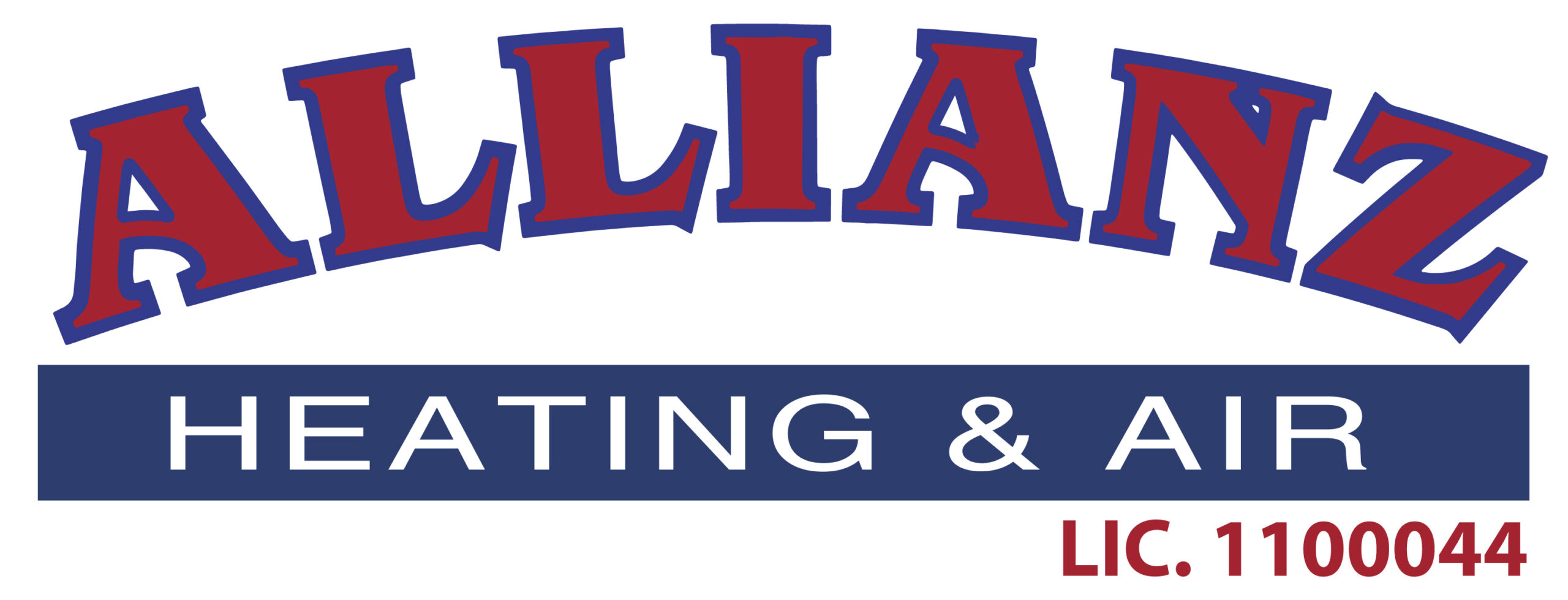
At Allianz Heating & Air Inc. we know there are many reasons why a business or homeowner might be shopping for a new heating and air conditioning system. Existing systems age and need replacing while new construction demands the purchase and installation of an HVAC. Depending on the situation, those looking to install a new system will have several fuel types to consider. Comparing the top five fuels used by heating and air systems will make that choice a little easier.
1. Natural Gas
Used by 49 percent of American households, natural gas is the top choice in heating fuels. This mixture of hydrocarbon gases occurs naturally beneath the Earth’s surface. It is then harnessed by utility companies and dispersed to customers in the area.
For this reason, your home or office must be equipped with gas lines which have been connected to the local gas company. This is easy enough during construction, but may be more difficult and expensive in an existing structure that did not previously use gas utilities.
2. Electricity
Also provided by local utility companies, the second most-used fuel type used in heating and air systems will usually cost more, but electricity is often available in regions where natural gas is not. This power is generated using several sources, including falling water, fossil fuels, petroleum, and nuclear reactions.
Some home and business owners opt for electric appliances even when gas utilities are available. They may be concerned with the environment or the health and safety of their families or employees.
3. Fuel Oil
Known as “home heating oil”, HHO is a liquid petroleum product that is considered such an environmentally hazardous material that it is the most regulated fuel type in the United States. Both state and federal regulations exist regarding the transportation, storage, and burning of HHOs.
Homes and businesses using heating oil in their HVAC systems will need to have a storage tank, either above-ground or below, on the premises. These tanks must be filled by a fuel provider from a tanker truck. It is also especially important to monitor the tank for potential damage and leaks.
4. Propane/LPG
Propane and other liquid petroleum gases (LPGs) are actually a by-product of natural gas processing. However, unlike standard natural gas, LPGs are delivered to the premises by trucks and stored in on-site storage tanks. There is no need for a residence or office building to be connected to a central supplier.
Still used by 5 percent of homes and businesses, this liquified gas can be used in central, forced air, heating systems. Many older structures still have wall heaters in which a pilot is used to light the gas creating a “fireplace” of sorts.
5. Wood
Wood burning fireplaces are the human race’s oldest form of heating fuel. Until the discovery of fire, our ancestors were at the mercy of the elements. Just about any type of hardwood can be used in wood stoves and fireplaces, though some will have better heating results than others.
Heating with wood is still common in places where utilities are unavailable and access by tanker trucks is impossible. Many rural hunting cabins and off-grid homes still rely on the power of this ancient fuel source. Just be mindful of the local environment when harvesting wood for heat.
Choosing a fuel for your heating and air system will rely on several variables. Perhaps you have access to local gas or electric utility lines. Others may not have that access and need to have their propane or LPGs trucked in and stored on-site. Luckily, every level of accessibility is covered by one or more of these fuel types. Now it’s just time to make a decision.
Call us today for help with any questions you may have on heating or air conditioning!



